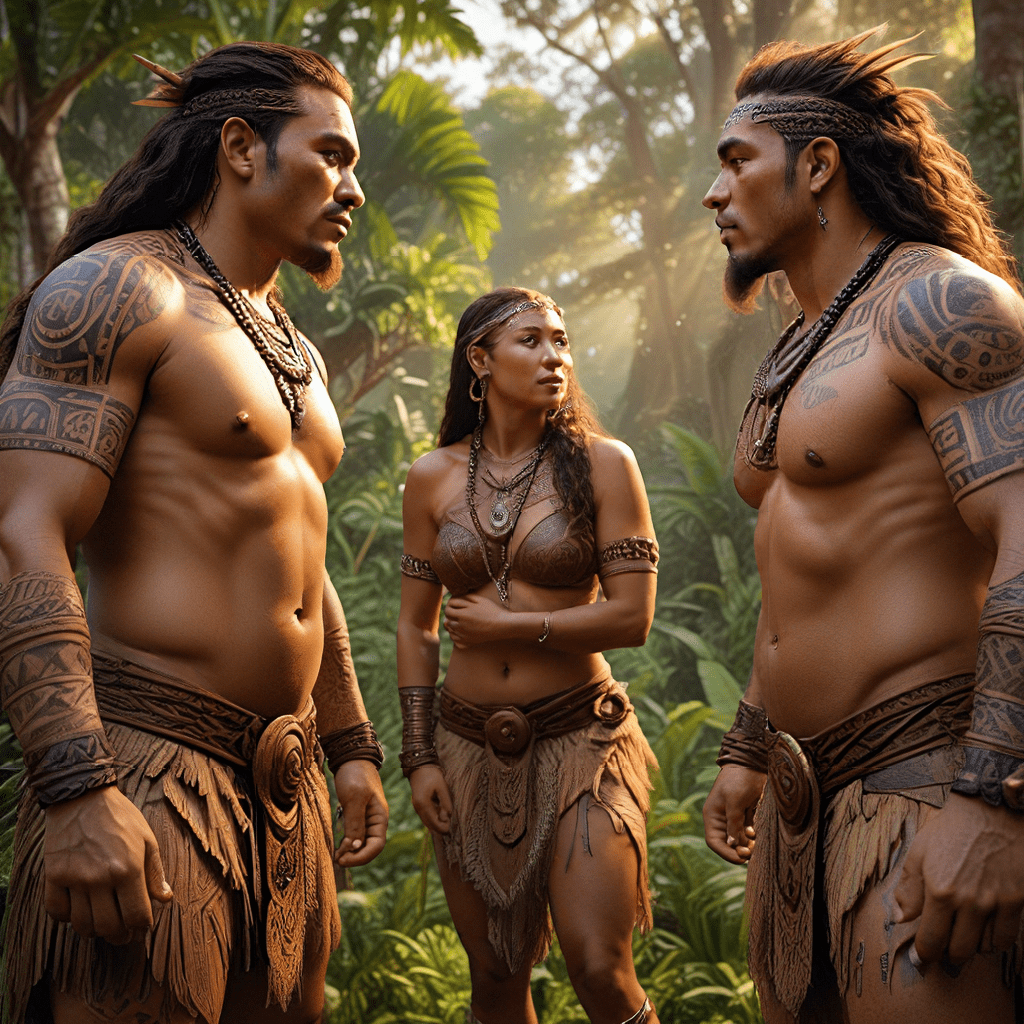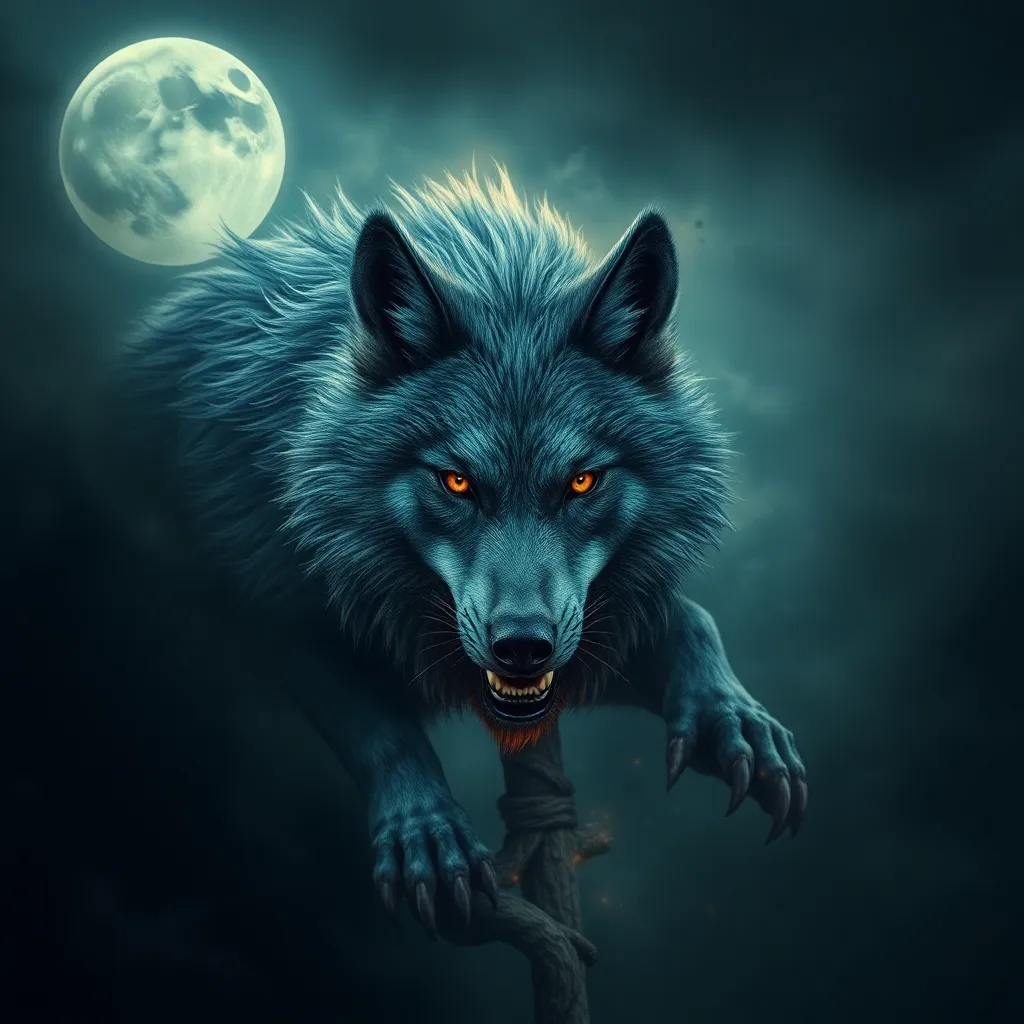Indonesian Trickster Figures: An Introduction
Indonesian mythology is a rich tapestry woven with tales of gods, demons, and heroes. But amongst these larger-than-life figures, there exists a unique class of characters known as tricksters. These mischievous beings, often animal-like or human-like, play a vital role in shaping Indonesian folklore. They are cunning, clever, and sometimes even disruptive, yet their actions often serve to teach valuable lessons about societal norms, human nature, and the balance of the supernatural world.
The Trickster Archetype in World Mythology
The concept of the trickster is not unique to Indonesian mythology. This archetype, found in cultures across the globe, embodies the paradoxical nature of both cleverness and chaos. Tricksters often defy authority, break rules, and challenge social conventions. However, they are also capable of bringing about positive change, exposing hypocrisy, and revealing hidden truths. In different mythologies, tricksters take on many forms, from the Norse god Loki to the Native American Coyote.
Key Characteristics of Indonesian Trickster Figures
Indonesian tricksters share several common traits. First, they are often characterized by their wit and intelligence, using cunning strategies to outsmart their opponents, whether they be gods, humans, or other supernatural beings. Secondly, they are driven by a desire for self-preservation, often motivated by greed, laziness, or a love of mischief. Third, they tend to be shape-shifters, able to take on different forms to achieve their goals. Finally, they are often tricksters by nature, their actions often driven by inherent impulses, rather than conscious moral choices.
Notable Indonesian Trickster Figures: A Survey
Several prominent figures embody the trickster archetype in Indonesian mythology. One notable example is the kera (monkey) figure, often depicted as a mischievous and playful creature, often associated with the Hindu god Hanuman. Another popular figure is Si Kancil, a small deer known for its cunning and ability to outsmart larger, stronger animals. Sangkuriang, a cursed man transformed into a giant, often embodies the trickster's destructive potential, while also revealing human flaws like jealousy and revenge.
The Function of Tricksters in Indonesian Mythology
Trickster figures serve multiple functions within Indonesian mythology. They act as social commentators, highlighting societal flaws and challenging traditional norms. They also provide a platform for exploring human nature, showcasing the darker aspects of human behavior, like greed, lust, and envy, while also showcasing the ingenuity and resilience of the human spirit. Importantly, they often serve as agents of change, disrupting the status quo and bringing about new realities, even when their actions are driven by self-interest.
Tricksters as Agents of Social Commentary
Indonesian trickster tales often serve as a mirror reflecting the social norms and values of the time. They highlight the hypocrisy of authority figures, expose societal injustices, and question traditional beliefs. For instance, the story of Si Kancil, the cunning deer, often depicts him outwitting powerful animals like tigers and crocodiles, showcasing the power of intelligence and resourcefulness over brute force. This challenges the notion of strength being the primary determinant of success, offering a different perspective on societal hierarchies.
Many trickster tales also expose the flaws of human nature, warning against greed, envy, and selfishness. Through their actions, tricksters reveal the potential for corruption and abuse of power, serving as cautionary tales for those in positions of authority. The story of Sangkuriang, a young man cursed for his insolence, serves as a stark reminder of the consequences of unchecked anger and revenge. These tales, through their humorous and often satirical approach, provide a platform for social commentary, encouraging audiences to reflect on their own values and the complexities of human behavior.
Tricksters as Symbols of Human Nature
Beyond their social commentary, Indonesian tricksters also serve as powerful symbols of the multifaceted nature of humanity. They embody both the positive and negative aspects of human nature, showcasing our capacity for both cunning and kindness, selfishness and generosity. In many tales, tricksters are portrayed as clever and resourceful individuals who use their wit to overcome adversity, highlighting the human spirit's ability to adapt and survive. However, their actions often involve deceit, manipulation, and even violence, reminding us of the darker aspects of human behavior.
The interplay between positive and negative traits in trickster figures allows audiences to engage with complex moral issues. They reveal the complexities of human motivations, reminding us that even the most cunning individuals are capable of good deeds, and even seemingly benevolent characters can harbor selfish desires. This duality encourages audiences to critically examine their own actions and motivations, considering the potential consequences of their choices.
The Relationship between Tricksters and the Supernatural
Indonesian trickster figures often occupy a unique space within the supernatural world. They possess magical abilities, such as shape-shifting and the ability to communicate with animals, but they are not necessarily aligned with the gods or spirits of the realm. They operate in a gray area, blurring the lines between the human and supernatural realms.
This blurring of boundaries allows trickster figures to act as intermediaries between the human and supernatural worlds. They can access supernatural knowledge and powers, but they also bring these powers into the realm of human experience, often causing unpredictable and sometimes chaotic outcomes. In some tales, their actions even challenge the authority of the gods, questioning their power and motives.
Theories on the Origin of Trickster Figures
The origins of trickster figures in Indonesian mythology, like in many cultures, remain shrouded in mystery. Several theories attempt to explain their presence and significance. One theory suggests that they represent the embodiment of nature's unpredictable and often mischievous force. Their actions, while sometimes disruptive, can also be seen as a reflection of natural processes, such as the unpredictable weather patterns or the unexpected behavior of animals.
Another theory proposes that trickster figures emerged as a response to the rigid social structures and hierarchical systems prevalent in ancient societies. Their rebellious nature and willingness to challenge authority provided a sense of empowerment to those who felt marginalized or oppressed. Their actions, often seen as acts of defiance, served as a symbolic expression of resistance against power structures.
Modern Adaptations of Indonesian Trickster Tales
Indonesian trickster tales continue to resonate with audiences today, adapting to modern contexts and perspectives. They are frequently incorporated into contemporary literature, film, and theatre, reinterpreted to reflect modern social issues and concerns. For example, the cunning and resourcefulness of Si Kancil, the small deer, can be seen as a metaphor for the ingenuity and resilience of individuals facing challenges in a rapidly changing world.
This adaptability highlights the enduring power of these tales. They transcend time and culture, providing a timeless commentary on human nature, societal structures, and the balance of the supernatural world. They remind us that even in the face of adversity, there is always room for wit, resilience, and a little bit of mischief.
FAQ
What is the significance of trickster figures in Indonesian mythology?
Trickster figures play a crucial role in Indonesian mythology, serving as social commentators, symbols of human nature, and agents of change. They challenge societal norms, highlight human flaws, and offer insights into the supernatural realm.
What are some notable Indonesian trickster figures?
Some prominent trickster figures in Indonesian mythology include Si Kancil (the cunning deer), Sangkuriang (the cursed man), and the kera (monkey) figure associated with the Hindu god Hanuman.
What are the key characteristics of Indonesian trickster figures?
They are often characterized by their wit, intelligence, shape-shifting abilities, and a desire for self-preservation, often motivated by greed, laziness, or mischief.
How do trickster figures function as agents of social commentary?
They highlight societal flaws, expose hypocrisy, and question traditional beliefs. For example, Si Kancil outwitting stronger animals challenges the notion of strength being the primary determinant of success.
How are trickster figures reinterpreted in modern Indonesian culture?
Modern adaptations of Indonesian trickster tales reflect contemporary social issues and concerns, showcasing the enduring power and relevance of these stories.



